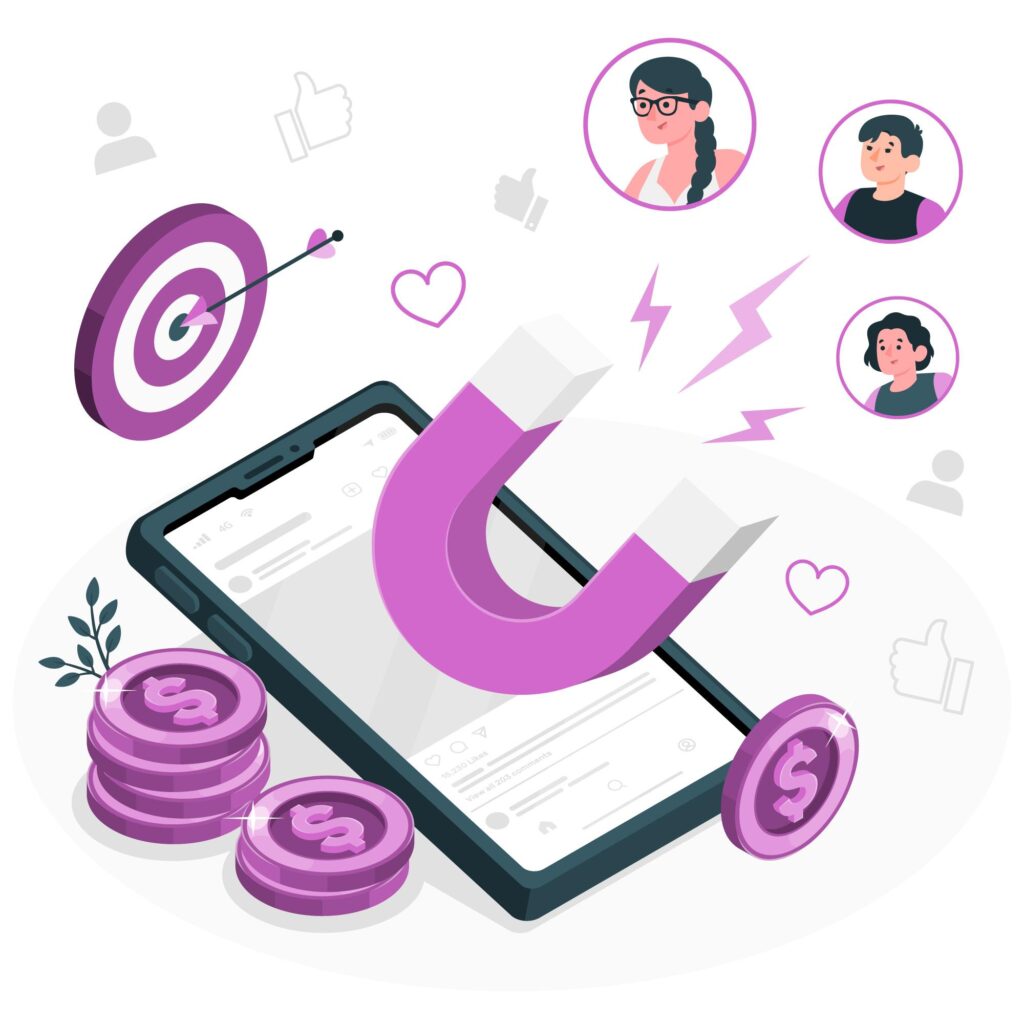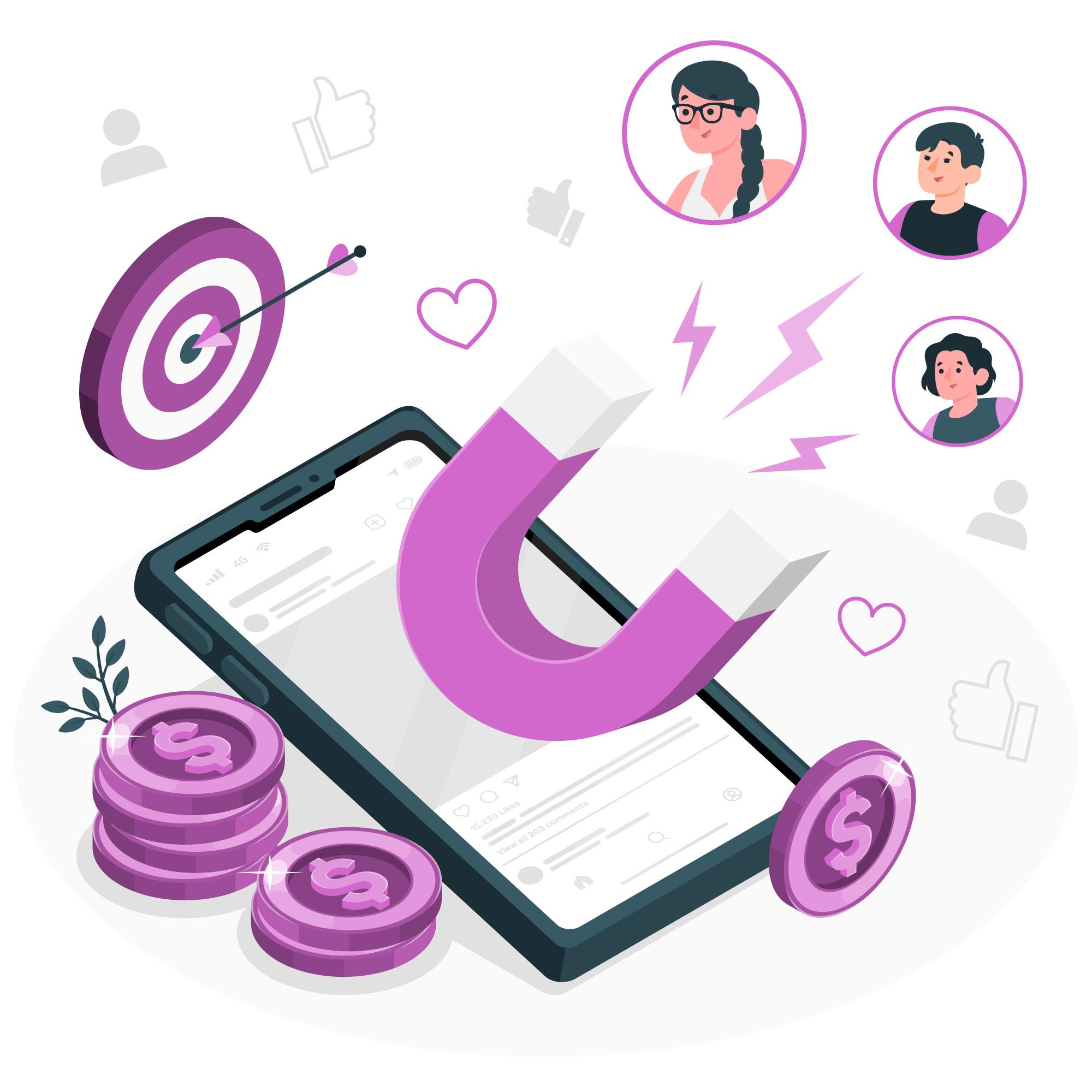In today’s digital age, customers are bombarded with an overwhelming number of choices. Businesses strive to stand out from the competition and create a memorable customer journey that drives engagement, loyalty, and ultimately, conversions. One effective way to achieve this is through personalization. By tailoring the customer experience to individual needs and preferences, businesses can forge stronger connections and boost their customer journey. In this article, we will explore some effective strategies for personalization that can help businesses enhance the customer journey and drive success.

Understand Your Customers:
The first step towards personalization is gaining a deep understanding of your customers. Utilize data analytics tools to gather insights about their demographics, preferences, browsing behavior, and purchase history. By comprehending their needs and desires, you can craft personalized experiences that resonate with them.
Segment Your Audience:
Segmentation is crucial for effective personalization. Divide your audience into smaller, more manageable groups based on shared characteristics or behaviors. This enables you to tailor your messaging, content, and offers to specific segments, enhancing relevance and engagement. Create buyer personas to represent each segment, providing a clear picture of their motivations and pain points.
Implement Dynamic Content:
Dynamic content allows you to display different website elements, such as headlines, images, or offers, based on user behavior or segmentation. By showing relevant content to each visitor, you can capture their attention and guide them along the customer journey. Personalized product recommendations, location-based promotions, and tailored messaging are excellent examples of dynamic content.
Leverage Behavioral Triggers:
Behavioral triggers are actions or events that prompt personalized responses. For example, if a customer abandons their cart, you can automatically send them a reminder email with a discount offer. These triggers can be based on various actions, such as website browsing behavior, purchase history, or time spent on certain pages. By leveraging behavioral triggers, you can deliver timely and relevant messages that keep customers engaged.
Use Recommendation Engines:
Recommendation engines are powerful tools for personalization. By analyzing customer behavior, purchase history, and preferences, these engines can provide tailored product recommendations, similar items, or complementary products. Implement recommendation widgets on your website, email campaigns, and other customer touchpoints to offer personalized suggestions, encouraging customers to explore and make additional purchases.
Optimize Email Marketing:
Email marketing remains a highly effective channel for personalization. Instead of sending generic emails to your entire customer base, utilize dynamic content and segmentation to deliver personalized messages. Address recipients by name, send personalized product recommendations, and tailor your email content based on their preferences. This level of personalization increases open rates, click-through rates, and overall engagement.
Embrace Personalized Landing Pages:
When directing customers to specific landing pages, ensure they are personalized to their needs. By aligning the content, imagery, and offers with their preferences, you create a seamless experience that guides them towards conversion. Personalized landing pages can be based on past purchase behavior, search history, or demographic data.
Incorporate Social Proof:
Social proof plays a vital role in the customer journey. Integrate social proof elements, such as customer reviews, ratings, and testimonials, into your website and product pages. By showcasing positive experiences from other customers, you build trust and confidence, which can significantly influence purchasing decisions.
Provide Self-Service Options:
Many customers prefer self-service options when it comes to resolving issues or finding information. Implement chatbots or virtual assistants that can provide personalized assistance and guide customers through their queries. By offering self-service options, you enhance the customer experience and reduce friction, leading to a smoother customer journey.
Continuously Test and Optimize:
Personalization is an ongoing process. Continuously test different personalization strategies, content variations, and customer journeys to identify what resonates best with your audience. Utilize A/B testing to compare different approaches and optimize your efforts based on data-driven insights.
In conclusion, to boost customer journey personalization is a powerful tool for businesses to boost the customer journey. By understanding your customers, segmenting your audience, implementing dynamic content, leveraging behavioral triggers, using recommendation engines, optimizing email marketing, embracing personalized landing pages, incorporating social proof, providing self-service options, and continuously testing and optimizing, you can create a highly personalized experience that drives engagement, loyalty, and conversions. Invest in personalization strategies today to differentiate your business and enhance your customer journey in the increasingly competitive digital landscape.
Related Articles:
1. 10-step Plan to Personalized Customer Experience
2. 6 Personalization Tips for a Better Customer Experience
3. 5 Ways to Personalize the Ecommerce Customer Journey




